Back in the world of John Ringling North, the impresario who produced some of the greatest editions ever of the circus, in the 1950s he faced two tough competitors — movies and television – and he successfully met each on its own terms. "Success" meaning lush patronage for the filmed versions – if not a boost at the ticket windows for the touring circus itself. But the winning formats he helped launch would not be duplicated years later, when two major touring companies, Cirque du Soleil and Big Apple Circus, both tried to pitch their goods in the same mediums, to abysmal results.
When North and Art Concello were trying to figure out how to use cinema to their marketing advantage, if not by deft adaptation, then by luck going with the right people, did North’s brilliant showmanship conquer both mediums.
First, at the movies. Cecil B De Mille’s academy award winning (best picture of the year) epic, The Greatest Show on Earth, wowed the nation with its gripping story line (gripping for the time), its dramatic depiction of the logistical movement of the show itself (complete with an overwrought train wreck that retards the film’s natural pulse – I fast forward through it), and scenes of actual circus acts and specs in performance. How big a part had North played? For one thing, through take-charge Concello, he refused to renew an earlier option held by studio chief David O. Selznick (Gone with the Wind), and signed, instead, with De Mille.
The movie was such a sensation, that, ironically, it — along with the early force of television — may have suppressed annual attendance at the circus. But one thing it did for sure was to sustain in the public’s mind the dazzling superiority of the Ringling product. One might argue that, had the movie not been made, business may have been even weaker during a tricky decade when the rise of TV was dominating American entertainment habits.
Which brings us to television. In 1955, North, televised a one-hour highlights of the new show, on the eve of its opening in New York, on CBS, doubtlessly seen by millions. The format was repeated later that year for a Christmas Special with Charlton Heston, from winter quarters. And they did another TV highlights in the spring of 1956. Experts debated whether North was giving away too much of the performance. The 1955 season's attendance was down, but business during the aborted '56 tour (the big top falling for good in Pittsburgh), was said by some to have been rising. Six years later, North reinstated the TV highlights program, with Arthur Godfrey that year serving as host.
North also flirted with television in 1963, when he signed with ABC to include footage of Ringling acts during a weekly one hour dramatic series in color, called The Greatest Show on Earth. The series starred Jack Palance, seen here, right, with Lucile Ball, who played a tough circus boss keeping peace within the family. It was certainly not a flop, but facing stiff competition from the Jack Benny program and Petticoat Junction, ABC pulled the show after one complete season, "Mostly," writes a viewer on the IMDb website, "I remember enjoying the acts that were featured - lion-taming acts, trapeze acts, etc."
After the Felds bought the circus in the fall of 1967, they retained most everything that North had developed, including the annual TV tease. The last such telecast occurred around 1989.
In his turn with cinema, the dynamically aggressive Irvin Feld had, at one time or another, a major motion picture about the circus in the works (one with "master of disaster"filmmaker Irwin Allen), none of which got made.
So, John Ringling North’s two major excursions into film and television would mark a remarkable exception to the failure of contemporary cinematic efforts, as witness two circuses each lending its acts to the cameras. What had North done right that isn't being done now? Hard to say. It might have been a matter simply of glorifying circus artistry itself rather than trying to connect it to some big "arching" sociological theme. People much prefer cotton candy over the big top broccoli that too many circuses today seem bent on serving them. And people tune into television to watch -- television. Not circus.
Cirque du Soleil: Incredibly, the company granted PBS widespread access to the acts from its many Las Vegas units. They called it Flowers in the Desert. Two hours. The result, in my view far from captivating, fed the viewer an overdose of the Cirque formula stressing acrobats, which, lacking the variety of traditional circus, can wear out a welcome mat fast. I have yet to see a PBS rerun of this overstuffed slog. Yes, it did have a few golden moments, but not nearly enough. PBS gives prime attention, through endless reruns, to virtually all of the other performing arts. Not the circus.
.
The producers gained more traction in the shadows, listening to the personal stories of company members, and aiming their cameras at some unflattering things, such as into a filthy truck-mounted restroom used by non-performers and roustabouts. Just another contradiction to a non-profit circus claiming to be New York’s own and to humanely care about the people it employs. We watched Paul Binder throwing a tantrum in one scene, Paul Binder, in another, humbling himself to reveal that his retirement announcement had not generated much response. In other words, nobody seemed to care. The thrill of circus? Too little of it under this tent.
If the producers of Circus wanted to go deep, perhaps they should have gone deeper. Symptomatic of the rambling treatment was how they played up the New York opening just ahead — This is the Big Test! The ultimate arena for any performer! We're in the Big Apple now! What will the reviews say? --- but then never disclosed what the reviews said. The program's most poignant thread was the plight of a new clown. Glen Heroy, above, he feeling completely ignored and ostracized by the company. Paul Binder gave him, face to face, high marks, lending the impression that he was a clown they were looking for, but he was not invited back. Frontline, how would you like to go under this big top?
It reminded me a little of the glum dry book, Mud Show, a big seller that followed the dreary lives of circus people on the old Hoxie show, but failed to evoke the magic of circus.
Tackling the Big Screen, Not
Cirque du Soleil collaborated with famed film director James Cameron (Titanic) for a screen treatment of the show, Worlds Away 3D. A barrage of negative notices complained of it coming off as a tired and and hollow advertisement for a lot of emotionally empty action. Rotten Tomatoes gives the video a rousing 47%, and that, kids, marks a critical flop.
Next, to be explored in greater detail: The recent Big Apple Circus date, streaming its latest show into hundreds of movie shows, nationwide.
What in the world happened to this bold and revolutionary misfire?










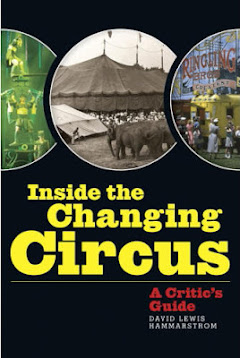
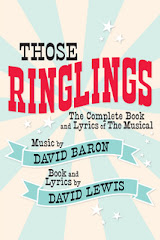

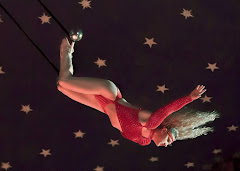




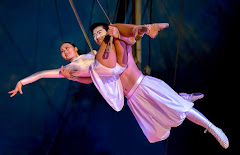

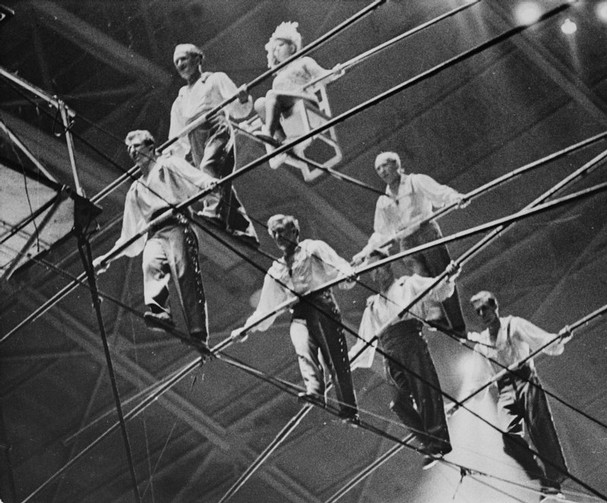
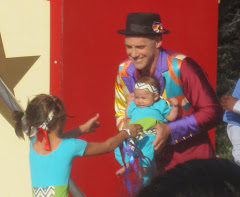
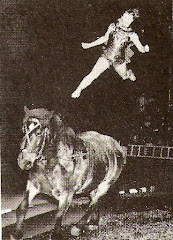
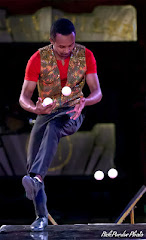



No comments:
Post a Comment